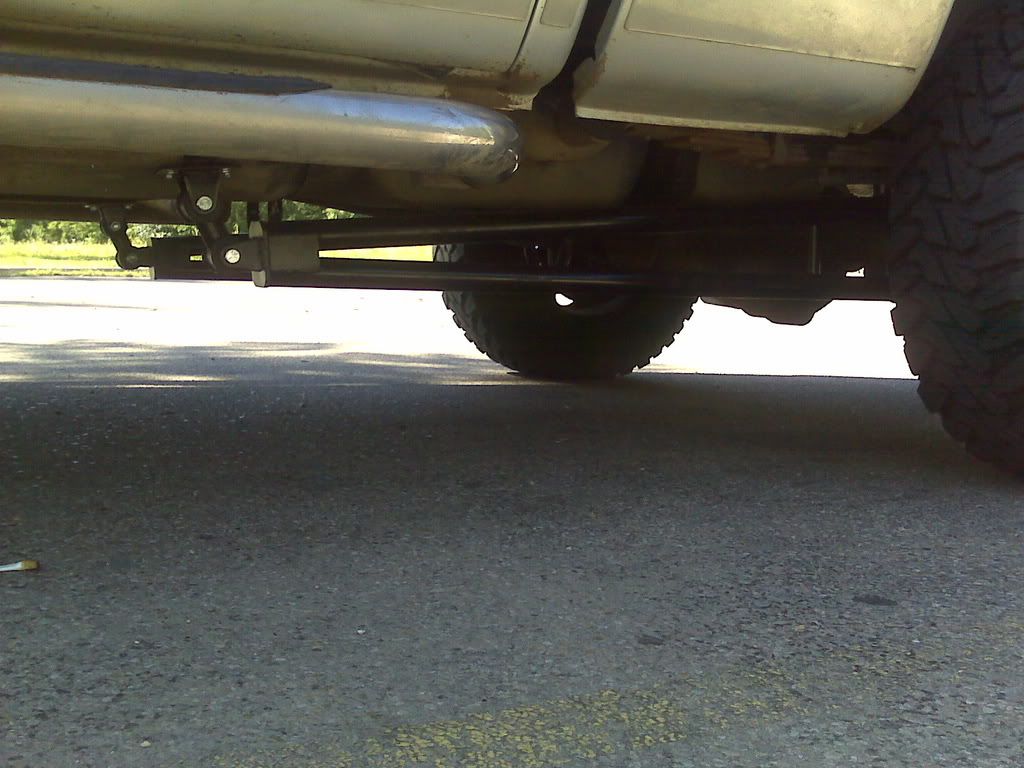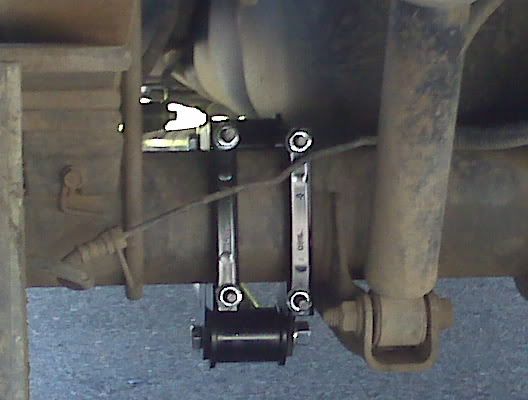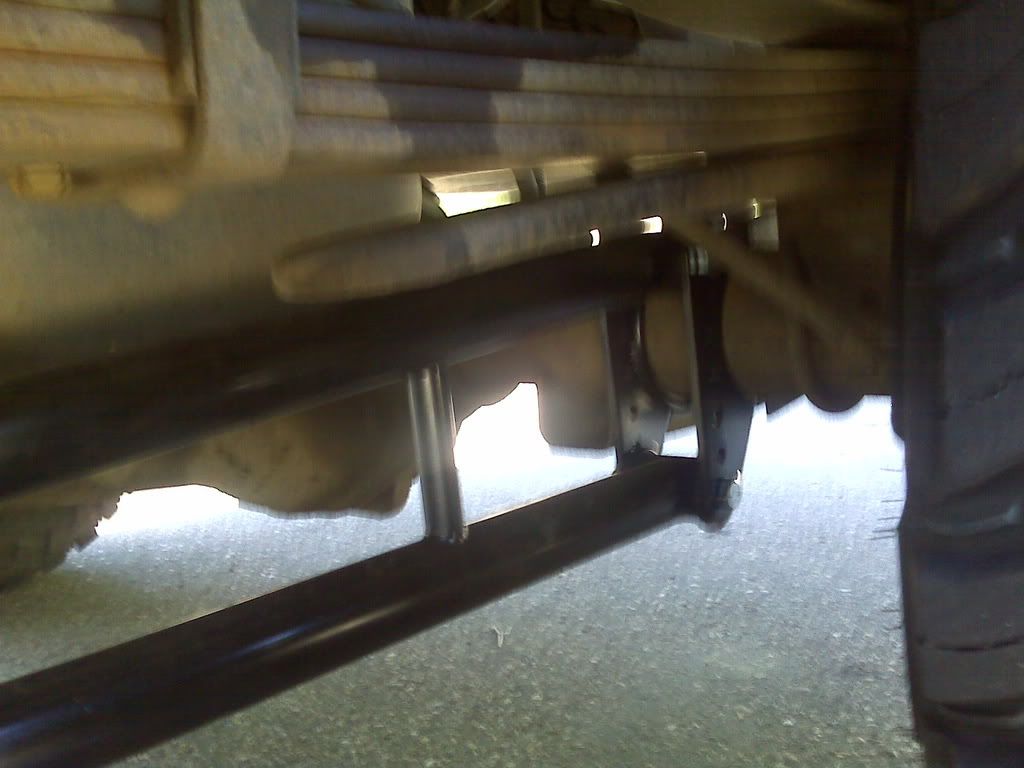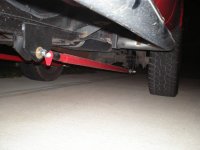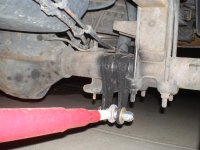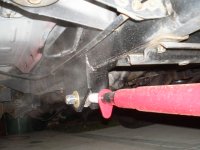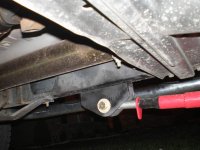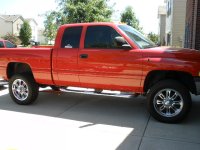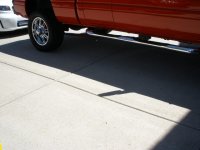White Knight
New member
- Joined
- Aug 18, 2007
- Messages
- 1,380
Ok, been pondering this...standard long traction bars that run to the bottom of the frame and bottom of the axle resist the twist of the axle in conjunction with the front (fixed) end of the spring. The axle wants to rotate up, so the spring is in tension and the bar in compression. That will effectively kill wrap, but if you build them in an A frame attached to the top and bottom of the axle with the front hooked to a shackle or similar, it's going to lift at the mounting point vs. push forward at the mounting point like the long ones mounted only to the bottom of the axle. SO, here's my thought/question...if the A frame style is lifting the frame, isn't the other end forcing the axle down and planting the tires harder = better traction?
Here's an example. See the Wraptor. DIY4X are good people. http://www.diy4x.com/suspension.htm
Yes but as has been stated, the arc and angle of the bar fights the springs arc and angle change as the spring compresses. This is why some do not like A frame bars for the street.
A single bar setup also fights the axles movement but since it is mounted less rigidly the struggle is more subtle
Other than that an A style setup is superior in keeping the pinion pointed in the direction you set




